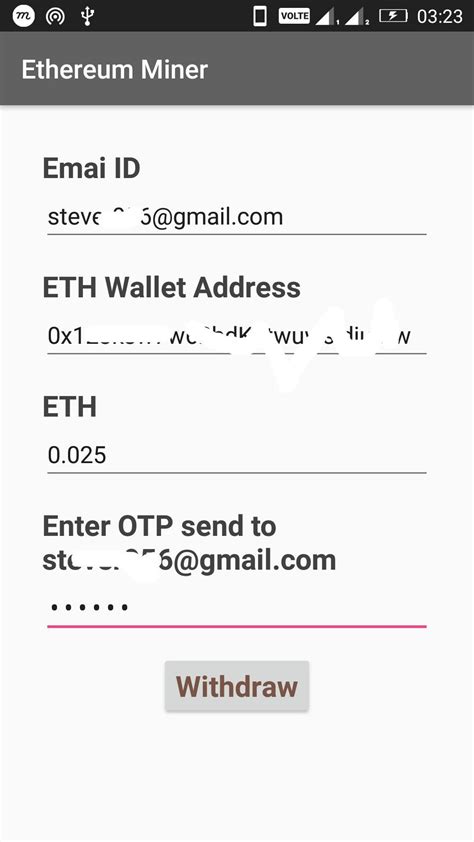How to Display Ethereum’s Unicode Bitcoin Symbol Correctly on Linux
As a cryptocurrency enthusiast and user of the Ethereum platform, you’ve likely encountered issues displaying the official Bitcoin symbol (₿) in your text messages or online communications. While many people have reported using various workarounds to resolve this issue, the underlying problem lies in how some operating systems interpret Unicode characters.
In this article, we’ll explore the reasons behind this behavior and provide a step-by-step guide on how to display Ethereum’s Bitcoin symbol correctly in text on Linux.
The Problem with Unicode Characters
The Bitcoin symbol is represented by U+20BF, which is a Unicode character. In most modern operating systems, including Linux, this character is treated as a placeholder or an empty box. This means that when you try to copy and paste the character into your text editor or compose a new message in your preferred email client, it gets displayed as nothing.
Why Does This Happen?
There are several reasons why Linux might not display Unicode characters correctly:
- Character encoding: Linux uses the UTF-8 character encoding standard, which allows for a wide range of Unicode characters. However, this encoding can sometimes lead to issues when combined with other operating system settings.
- Text formatting: Linux text editors and terminals may use plain text formatting techniques that ignore or truncate non-standard Unicode characters.
Solutions to Display the Bitcoin Symbol Correctly
To display Ethereum’s Bitcoin symbol correctly in text on Linux, try these solutions:
1. Set the Text Encoding
Use the setfont command to set the text encoding for your terminal or editor:
sudo setfont -f "Latin-ISO 8859-15"
This sets the font to Latin-ISO 8859-15, which is a common encoding used by Linux. You can choose other encodings like utf-8, iso-8859-1, or even latin1 if you prefer.
2. Use a Terminal with Native Support
If you’re using a terminal emulator that doesn’t support native Unicode rendering (e.g., xterm, zsh), try switching to an alternative terminal like GNOME Terminal or kitty.
3. Configure Your Text Editor
For text editors like vim, emacs, or nano, you can configure the character encoding manually:
vim settings
set encoding=utf-8
set shiftwidth=4
Alternatively, you can also use iconv to set the character encoding:
iconv -f utf-8 -t latin1 your_file.txt > your_file.txt.new
4. Use a Browser Extension
Some web browsers like Google Chrome or Mozilla Firefox have built-in support for Unicode characters in their text rendering. To enable this, you can use the unicode-display extension:
sudo add-apt-repository ppa:ubuntu-factory-proposed-ppa
sudo apt-get update
sudo apt-get install chromium-browser
Install the extension, then access your webpage with Chrome or Firefox.
5. Use a Non-Latin Character Set
If none of the above solutions work, you may need to use a non-Latin character set like utf-16 or windows-1256. However, be aware that this can lead to compatibility issues and potential security vulnerabilities.
Conclusion

Displaying Ethereum’s Bitcoin symbol correctly in text on Linux requires some experimentation with different settings and configurations. By setting the text encoding, using a terminal emulator, configuring your text editor, installing browser extensions, or switching to a non-Latin character set, you should be able to resolve this issue and enjoy proper Unicode support.
Remember to test each solution thoroughly to ensure it works for your specific setup. Happy cryptocurrency messaging!